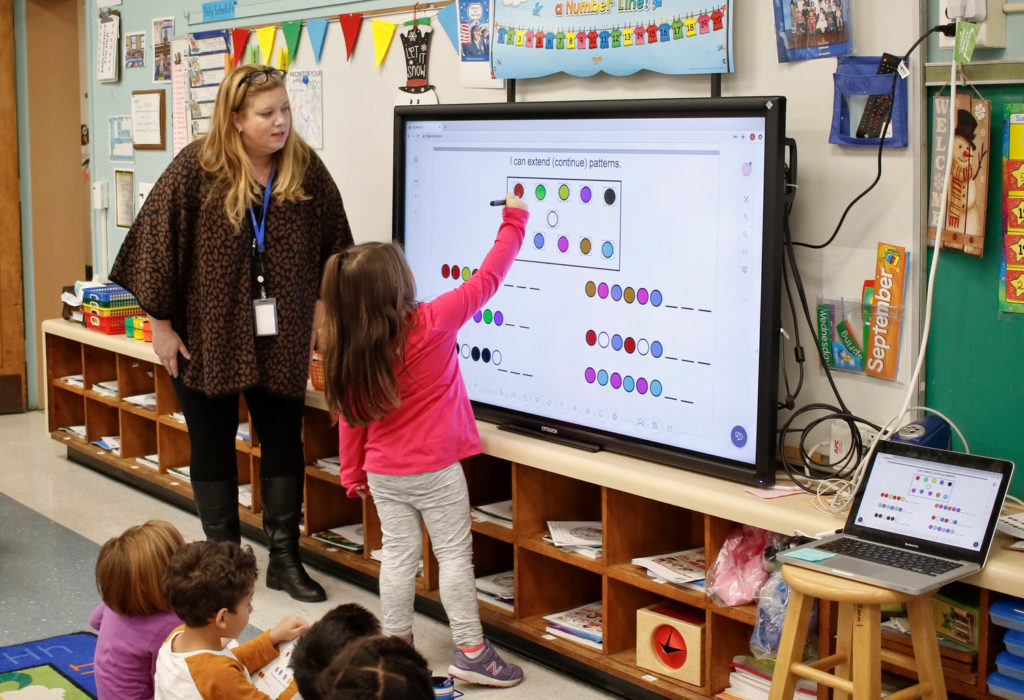
Learning through digital technology has become a daily practice across the education spectrum, around the globe, whether it is formal or informal. Specifically, with the current global pandemic, teachers and education providers have started adopting technology at a pace that most of us never imagined before. However, to provide students with optimal learning experiences with technology-facilitated learning, there are some guiding principles that need to be adhere to.
In this post, I draw on from the TELAS Framework of the Australasian Society for Computers in Learning in Tertiary Education, and the Digital Learning Design Toolkit of the Association for Learning Technology. The aim is, identifying some key aspects that need to be addressed in designing and delivery of technology-integrated teaching. These principles are around four main domains: online learning environment, learner support, learning and assessment tasks, and learning resources.
The term online learning environment refers to the place where the learning occurs. This typically involves various aspects related to a learning management system (LMS), such as Moodle and Canvas. These may include, but not limited to, user interface and layout of the LMS, navigation strategies, functionality, and accessibility of the LMS. Overall, it is about the LMS being useful, and easy to use. These two principles can largely be achieved by having proper planning and structuring the module in a way that fosters learner engagement. In a previous post, I have talked about how enhanced learner engagement can be achieved in online learning environments.
The second aspect of the manifesto is learner support, which generally refers to how the online learning environment provides learners with adequate support to complete the learning tasks. This support comprises of two broad aspects: the quality of subject-related and learning information, and the quality of learner-teacher interactions. For learning-related information, it is vital to provide students with clear and concise information about the subject/learning expectations, relevant university policies (i.e., assessment policy), and accessing required technology tools and technical support. For learner-teacher interactions, explicit activities are required to be designed to foster a learning community through a range of student-teacher, and student-student interactions.
Learning and assessments tasks, the third dimension of the manifesto involves the activities that authentically engage learners and enable them to build new skills and capabilities. This include thoughtful planning and designing of learning and assessment tasks (that are typically underpinned by a learning theory), designing learning activities for enhanced learner engagement, and establishing an effective approach for learner feedback, both formative and summative. Online learning mostly occurs while the learner is alone sitting in front of a screen, therefore, it is essential to provide all the possible opportunities for the learner to engage through planned learning experiences and feedback.
The final domain of the manifesto is learning resources that refers the material and tools that learners have access to which enable their engagement in the learning environment. To optimise the learner engagement through the learning resources, teachers should ensure that all the learning resources are available, functional, and relevant. It is also vital to provide learning resources in a range of modalities such as text, infographic, audio, video etc. This would help to make the course more inclusive and would allow leaders to engage better. Overall, the key aim of online learning design must be providing learners with best possible learning experiences through a range of learning activities.
